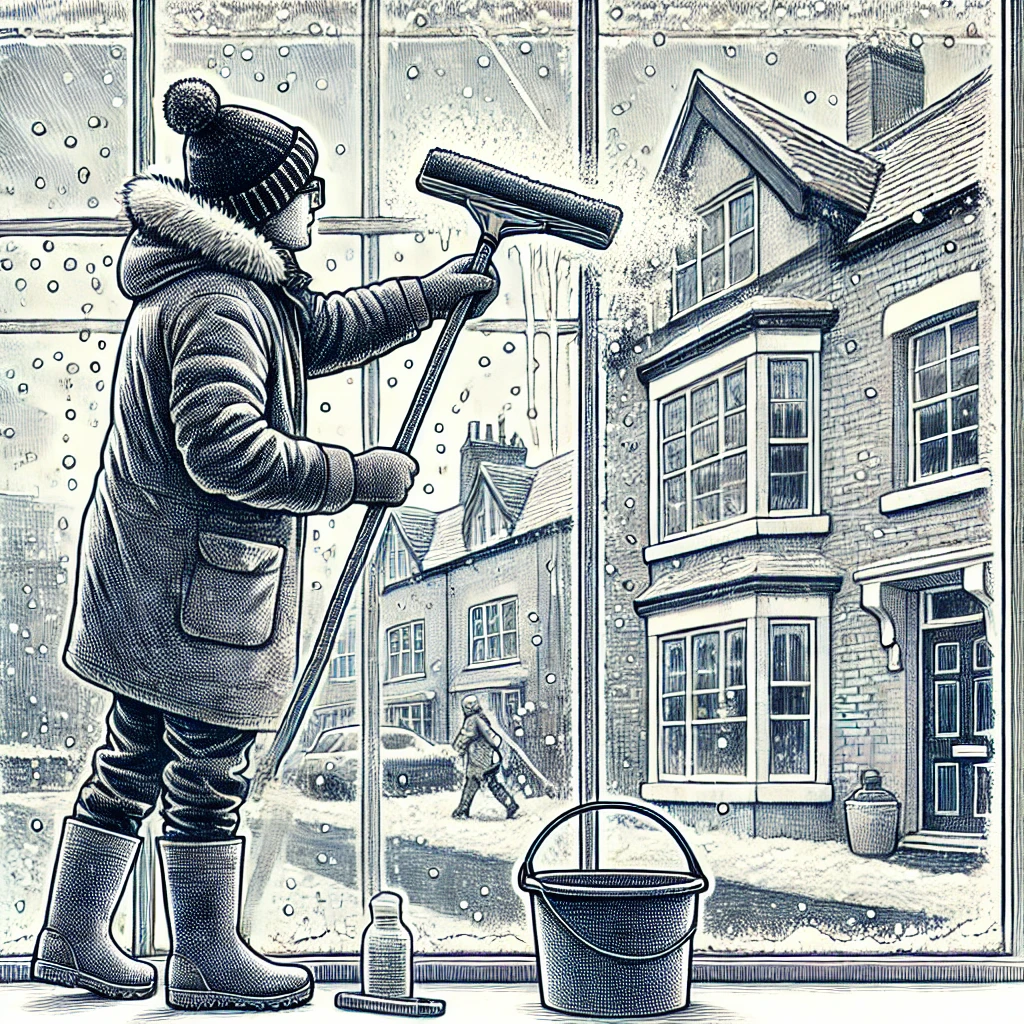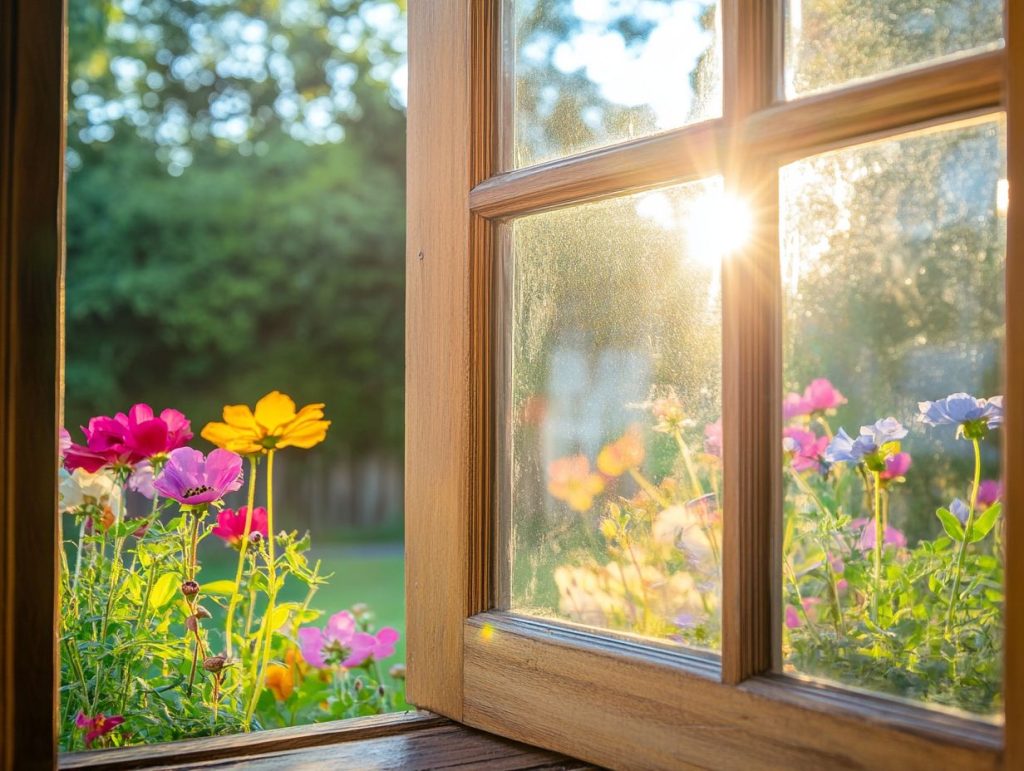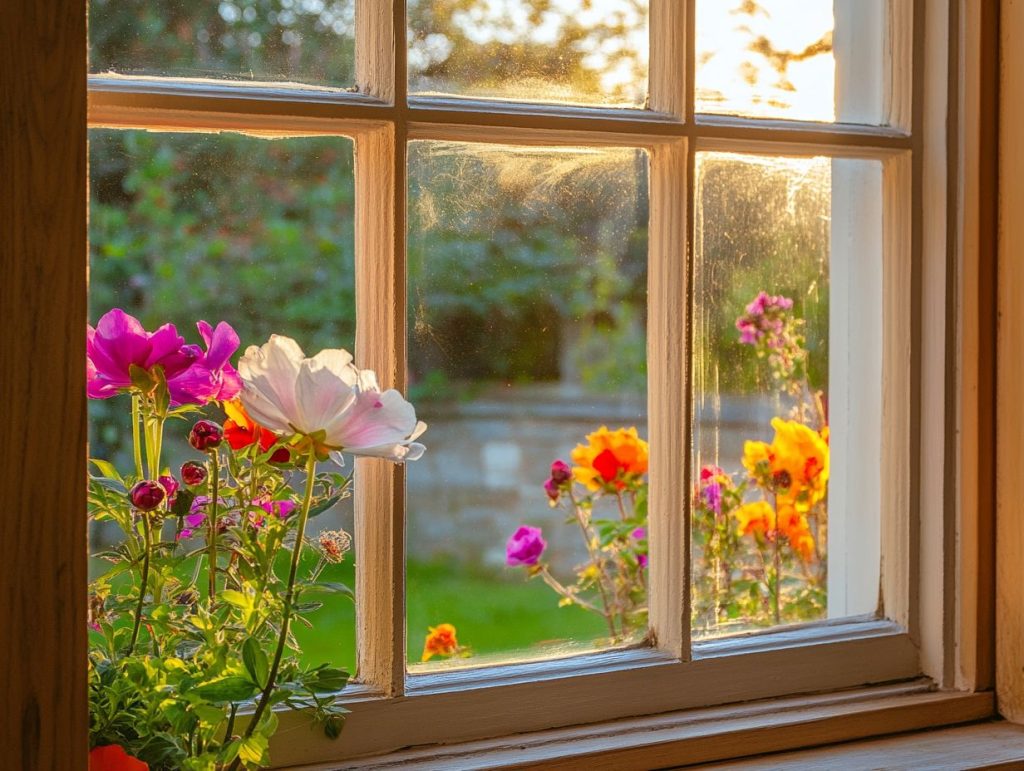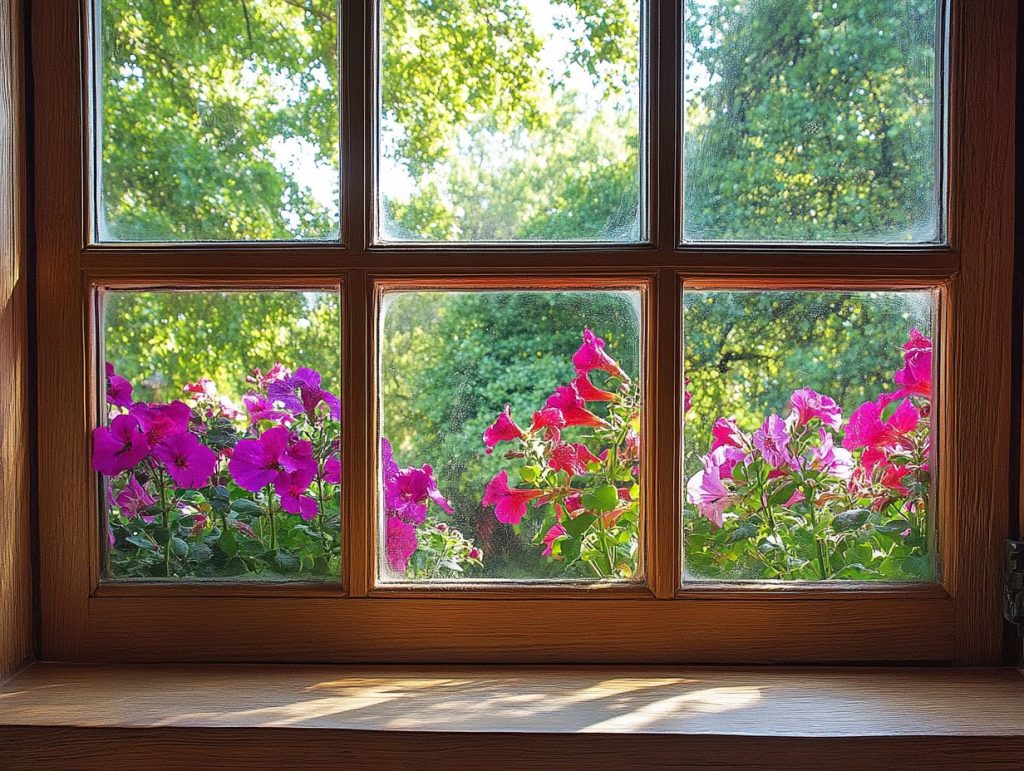Is It Wise To Clean Your Windows During The Winter?
Window Cleaning Buzz
When winter sets in across the UK, with its damp mornings, frosty afternoons, and the occasional snow flurry, cleaning exterior windows might be the last thing on your mind. Most people assume it’s best to wait until spring when temperatures rise, and conditions are more pleasant. However, winter window cleaning does have its benefits. Clear windows allow more light into your home, making a big difference during the darker months. If you leave dirt and grime accumulating over the winter, your windows may be far harder to clean by spring. That said, winter window cleaning is not without its challenges. The weather can be unpredictable, freezing temperatures can make the task uncomfortable, and the risk of slipping on icy surfaces is real.
So, is it wise? The short answer is: it depends. If your windows need cleaning, taking the right precautions can make the job worthwhile. But if they’re not too bad, waiting for better weather might be smarter. In this article, we’ll explore whether winter window cleaning is truly necessary, the risks involved, the biggest challenges, and some professional tips to make your efforts successful. We’ll also go deeper into the impact of winter grime on windows, discuss different cleaning methods suited for cold conditions, and offer insights into whether hiring a professional is the best choice for tackling winter dirt.
Should You Clean Your Windows in Winter or Wait Until Spring?
Many homeowners and business owners prefer to schedule window cleaning in spring, assuming winter dirt isn’t a pressing issue. However, leaving your windows covered in grime for months can cause long-term damage. The combination of rain, sleet, and pollution leads to streaky, dirty windows, which can eventually affect the glass. Hard water stains, mineral deposits, and even minor scratches from accumulated debris can worsen over time if left unchecked.
Dirty windows can give businesses the wrong impression, making their premises look neglected. Winter dirt can block natural light at home, making rooms feel even gloomier than they already do during the season’s shorter days. Clean windows help maximise daylight, improving mood and even reducing energy costs by allowing more warmth inside.
On the other hand, if your windows aren’t particularly dirty and you don’t want to battle the cold, it’s not unreasonable to wait until spring. The key factor is assessing the level of dirt and whether it’s affecting visibility, light, or the condition of the glass. Leaving grime on your windows for too long can lead to stubborn stains, but if it’s a mild build-up, a thorough clean in spring might be enough to restore their clarity.

The Risks of Cleaning Windows in Winter
Winter window cleaning comes with its fair share of hazards, and taking them seriously is crucial. One of the most obvious risks is slipping. Wet, icy surfaces make ladders and ground-level work treacherous. A simple job can become a dangerous accident if you’re not careful. Even with the right footwear, working on icy ground is risky.
Then there’s the risk of freezing water. If temperatures are near zero, the water you’re using can freeze on the glass, making cleaning ineffective and potentially causing damage. Rapid temperature changes—like using warm water on cold glass—can also increase the risk of cracks, particularly if the window has pre-existing weaknesses.
Skin exposure to cold water can also be a problem. Under proper gloves, prolonged contact with water in freezing conditions can lead to numbness or mild frostbite. The cold can also make it harder to grip cleaning tools properly, leading to potential mishaps.
Another risk is streaking. Cold air affects how quickly water evaporates, making it harder to achieve a spotless finish. Without the right technique, winter window cleaning can leave your windows looking worse than before. Streaks, smudges, and cloudy patches can form if cleaning products freeze too quickly or don’t dry evenly.
The Biggest Challenges of Winter Window Cleaning
Beyond the weather, winter presents additional obstacles when cleaning windows.
1. Shorter Daylight Hours—With daylight fading as early as 4 p.m. in some parts of the UK, there’s less time to get the job done. If you don’t plan properly, you might finish in poor light, making it hard to check for streaks or missed spots.
2. Cleaning Supplies React Differently in the Cold – Some traditional cleaning solutions don’t perform well in low temperatures. Water can freeze, and some detergents leave a cloudy residue on the glass when exposed to cold air. Alcohol-based or winter-grade window cleaning solutions work better in these conditions.
3. Reaching Windows Safely – If you usually use an extendable pole or ladder, winter conditions make them trickier to handle. Windy weather can destabilise equipment, while icy ground increases the chance of slipping.
4. Drying Windows in Cold Air— Properly drying windows is essential to avoid streaks. In warm weather, water evaporates quickly, but in winter, it lingers. Using the wrong cloth or squeegee technique can worsen things, leaving smears and spots behind.
5. Dealing with Salt and Road Grime – In urban areas, winter grime isn’t just dirt—it’s a mixture of salt, road grit, and pollution. This combination can be more stubborn to remove than regular dust and rain spots, requiring stronger cleaning agents.
Professional Tips for Cleaning Windows in Winter
If you’ve decided to go ahead with winter window cleaning, there are ways to make it safer and more effective. Here are some professional tips to ensure you get the best results:
Use Cold or Lukewarm Water
Avoid using hot water on icy windows. The sudden temperature difference can cause the glass to crack. Lukewarm water mixed with a small amount of alcohol can help prevent freezing while still cutting through dirt.
Choose the Right Cleaning Solution
Some cleaning products work better in cold weather. Adding a little vinegar or rubbing alcohol to your solution can help prevent water from freezing before you can wipe it away.
Work in the Middle of the Day
Aim to clean your windows between late morning and early afternoon when temperatures are at their highest. This reduces the risk of water freezing on the glass or dangerously slippery pathways.
Use Proper Equipment
A high-quality squeegee is essential for achieving streak-free windows. Microfibre cloths are also excellent for drying without leaving lint behind. If using a pole system, ensure it’s secure and suitable for cold conditions.
Consider Protective Gear
Thermal, waterproof gloves and non-slip boots make a big difference in comfort and safety. Proper winter clothing prevents you from getting too cold while working.
Consider Professional Help
Hiring a professional can be a smart option if winter window cleaning feels like too much hassle. Experienced window cleaners have the right tools and know how to work safely in colder conditions.
Final Thoughts: Is Winter Window Cleaning Worth It?
Cleaning your windows in winter isn’t always necessary, but in some cases, it’s well worth doing. If your windows are covered in grime, letting dirt build up until spring can make them harder to clean and cause long-term damage. Clean windows allow more light into your home, brightening dark winter days. However, winter cleaning does come with risks, from slipping on icy surfaces to dealing with freezing water. If conditions seem too risky, waiting until spring or calling in a professional might be the best course.



